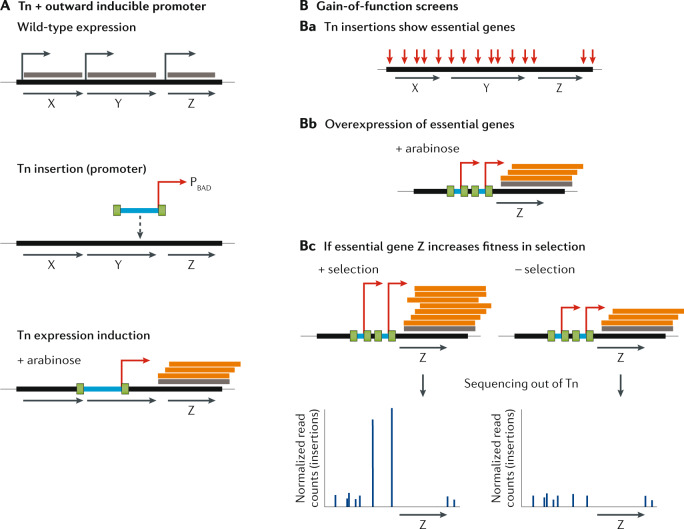Fig. 3. TIS to assay the functions of essential genes.
A | An inducible promoter (right-angled red arrow), such as PBAD, is positioned facing out of each transposon (Tn) to overexpress all genes, including essential genes, so that their function can be assayed. Orange bars indicate transposon-induced transcription on top of wild-type expression (grey bars). B | In traditional transposon-insertion sequencing (TIS) approaches, essential genes can be identified as those that cannot tolerate insertions (part Ba). In gain-of-function screens, when transposons in the transposon pool are induced, for example with arabinose (part Bb), high expression of essential gene Z is achieved. When selection is applied, involvement of essential genes in the condition can now be assayed (part Bc) by monitoring relative differences in the number of transposons that influence expression levels. In this example, after exposure to the condition and sequencing out of the transposon, an increase in the number of transposon insertions that increase gene Z’s expression is observed. Therefore, mutants that overexpress gene Z have increased fitness within the overall population during selection, indicating that gene Z’s expression is beneficial in that condition. All other features are as in Fig. 1.

